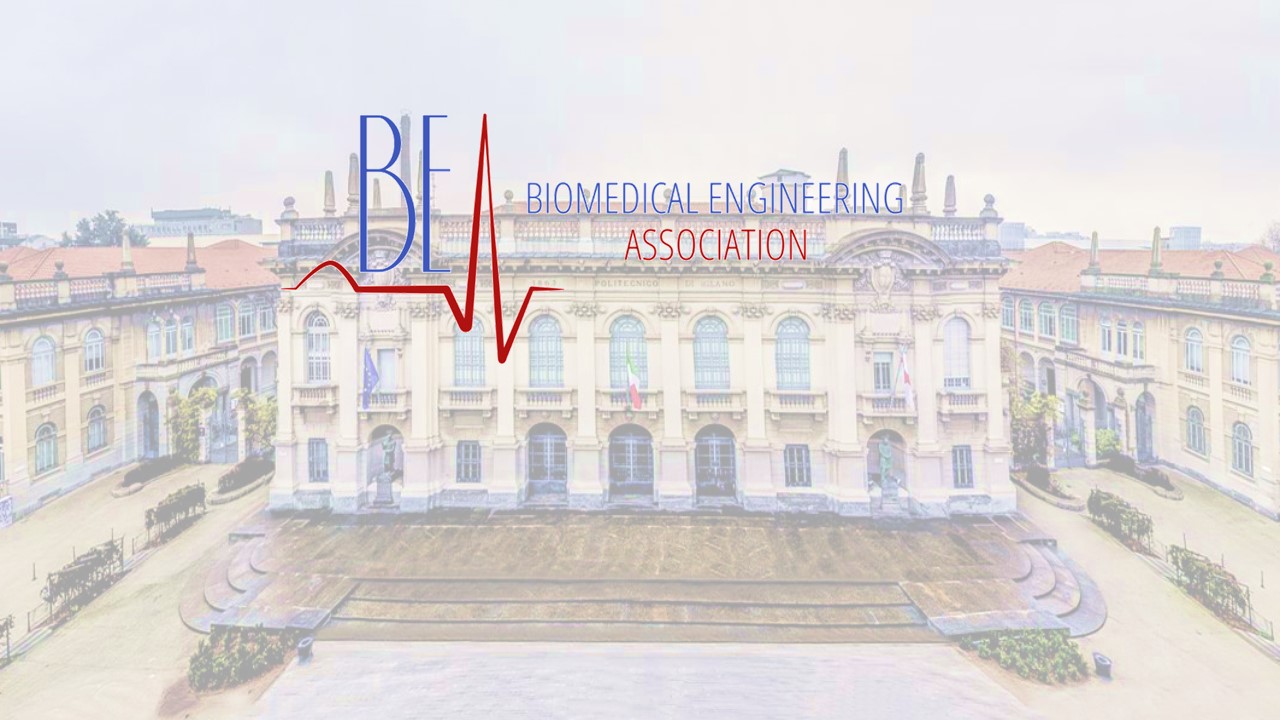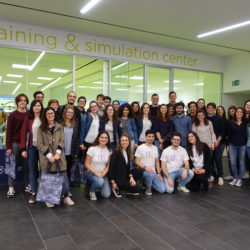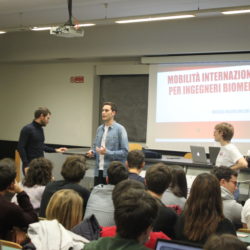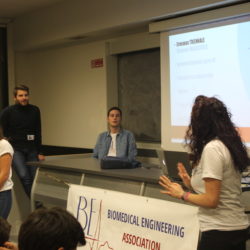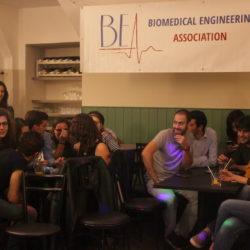NEWS

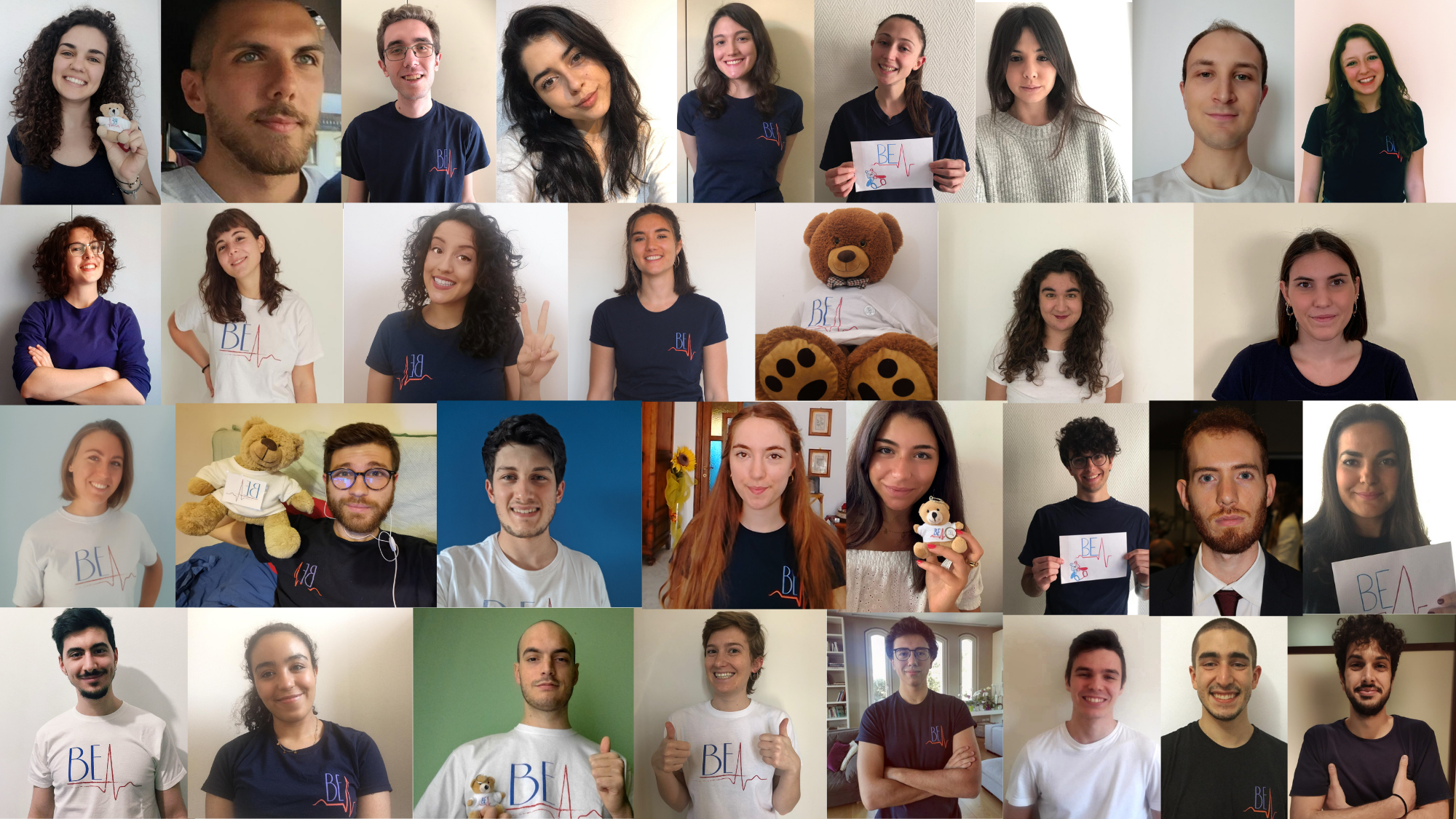
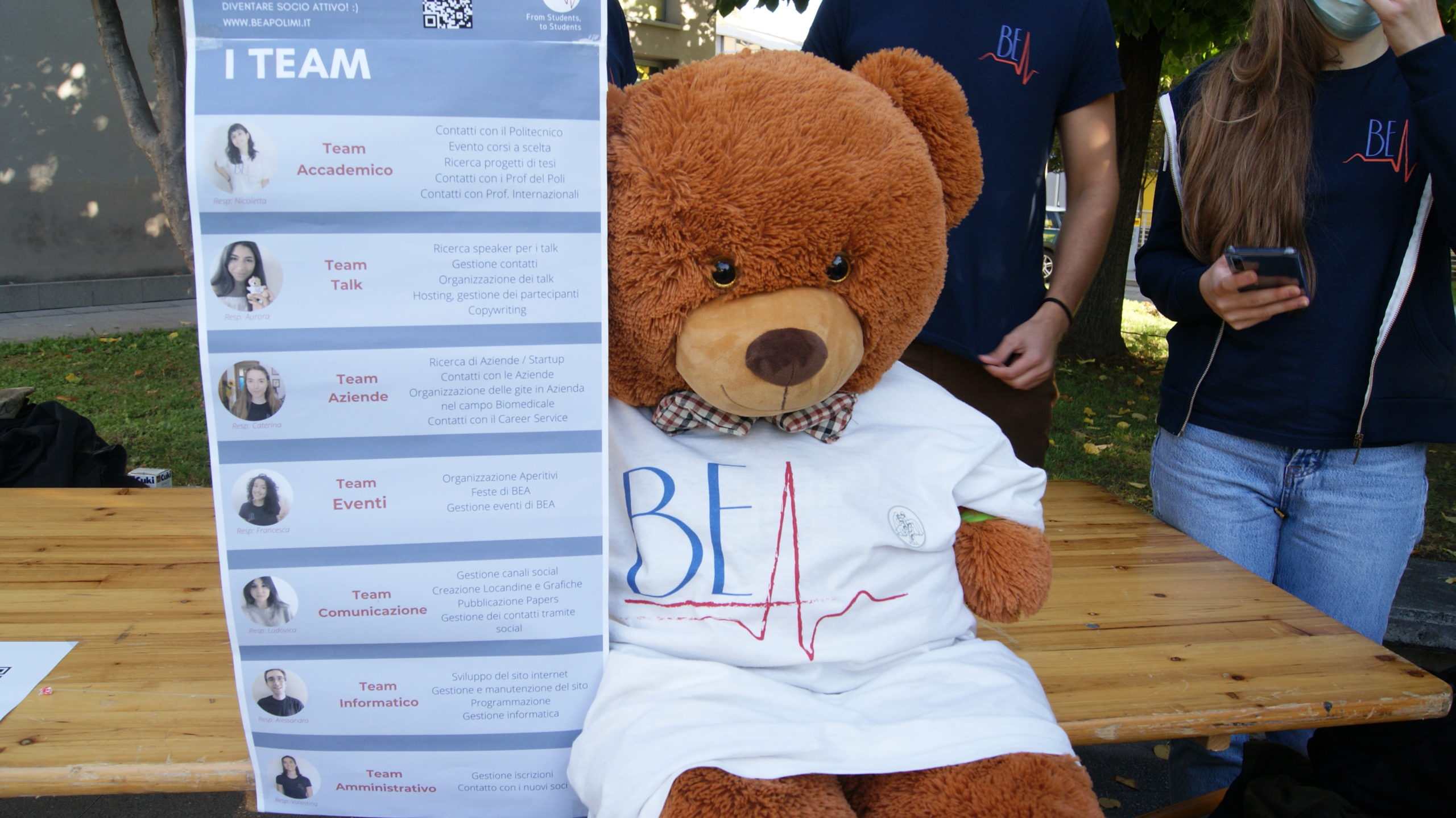

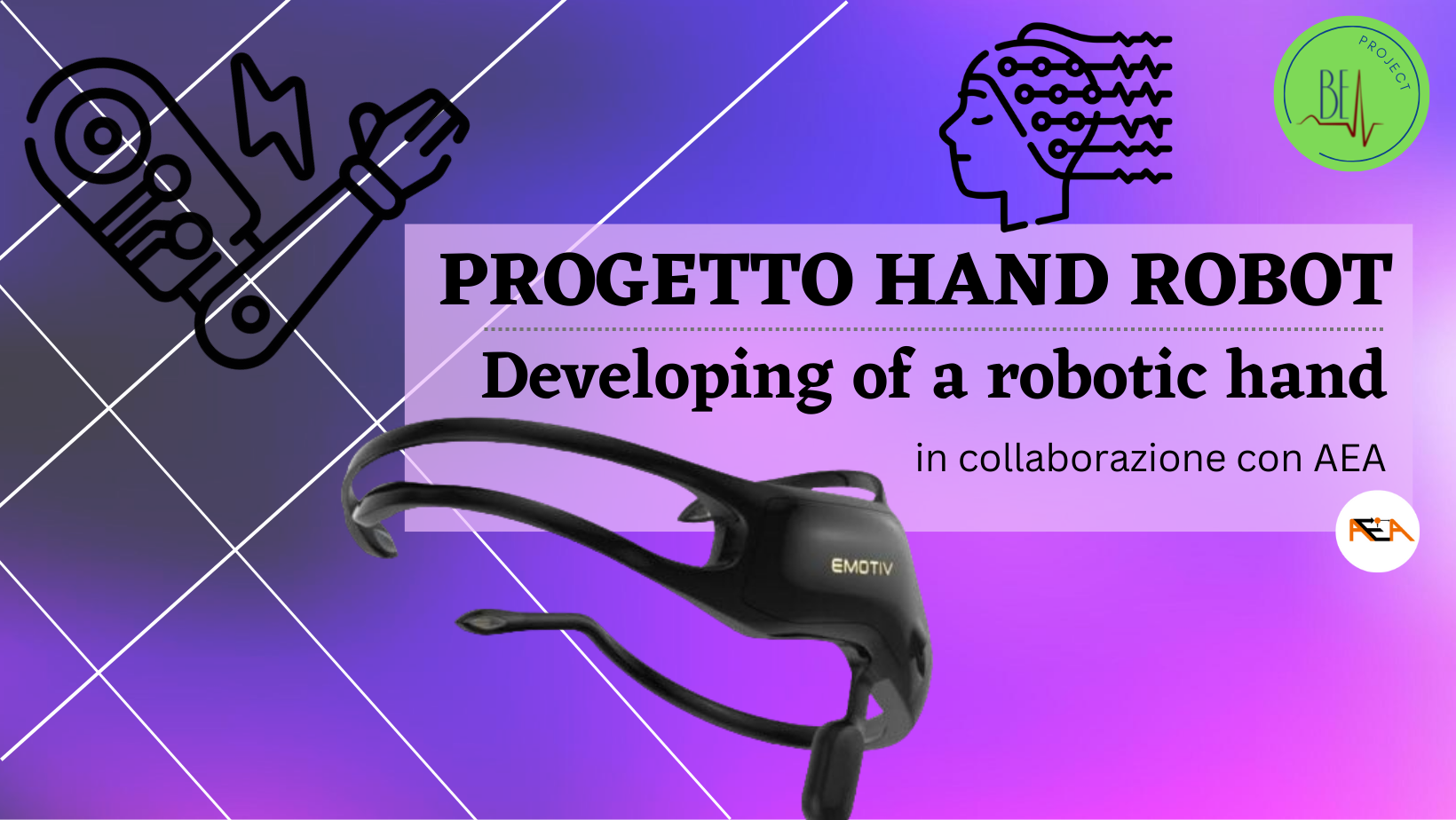
PAPERS
What do you know about 3D bioprinting? Over the last few decades, inkjet-based, extrusion-based, and laser-assisted bioprinters have been developed.
This article will discuss the success of this emerging field in engineer cells and biomaterial-based 3D objects. Moreover, it will explain how bio-inks based on natural–synthetic biomaterials have been applied for tissue engineering in order to improve realistic artificial tissues and organs regeneration.
There are over 100 types of HPV (Human Papilloma Virus), but only some pose a real threat to our health: the infection is caused by contact – mainly sexual contact – and it is usually transitory, since our immune system can eliminate the virus before it becomes dangerous.
Some HPV strains may either cause abnormalities in the infected cells, leading to genital warts, or DNA mutations, increasing the risk of cancer: cervical cancer, mainly caused by HPV 16 and 18, is a well-known instance of this.
Up to now, there is no pharmacological treatment and the development of the lesion after the infection can take up to 20 years to manifest; nonetheless, it is possible to identify abnormal cells before any serious damage, thanks to regular screenings!
In addition, vaccination plays a key role in fighting HPV, with a 98% preventive efficacy: it can be carried out at any age, but it is recommendable to act at an early age (even 12-year-old females and males can access vaccination in Italy).
“So, while there’s still room for improvement, […] condom use, vaccination, and cervical screening can each reduce the harm caused by HPV.”
L’articolo pubblicato su «Nature » tratta il primo step del progetto SYNCH che mira a realizzare una connessione tra una rete di neuroni artificiali e una rete di neuroni cerebrali tramite elementi di dimensioni nanometriche, che verrebbero poi utilizzate in vivo per andare a sostituire reti neuronali danneggiate o assisterle nel percorso di recupero funzionale. Questa ricerca, finanziata dalla Commissione Europea, è stata condotta dal Dipartimento di Scienze Biomediche dell’Università di Padova e spiega come sia possibile creare in vitro una rete composta da tre neuroni di cui uno biologico e due artificiali, collegati in una rete tramite connessioni memristive ispirate alle sinapsi.
Emoty, il cipollotto giallo. E’ proprio così che viene chiamato da Fabio Catania, ideatore di questo personaggio animato e dottorando del Politecnico di Milano. Emoty, che ha catturato l’attenzione di Google ed è stato oggetto di tantissime conferenze, tra Amsterdam, Los Angeles e San Diego, ha il superpotere di riconoscere le emozioni, espresse tramite la voce, attraverso algoritmi di intelligenza artificiale, con lo scopo di aiutare i bambini con disturbi del neuro-sviluppo, a sviluppare le loro capacità comunicative, emotive e di socializzazione.
Did you ever hear about de-extinction? It is about bringing back to life species that until now were declared extinct. It sounds a bit crazy, but that is what some researchers around the world are working on.
CONTACT US
Any questions? we are here for you

